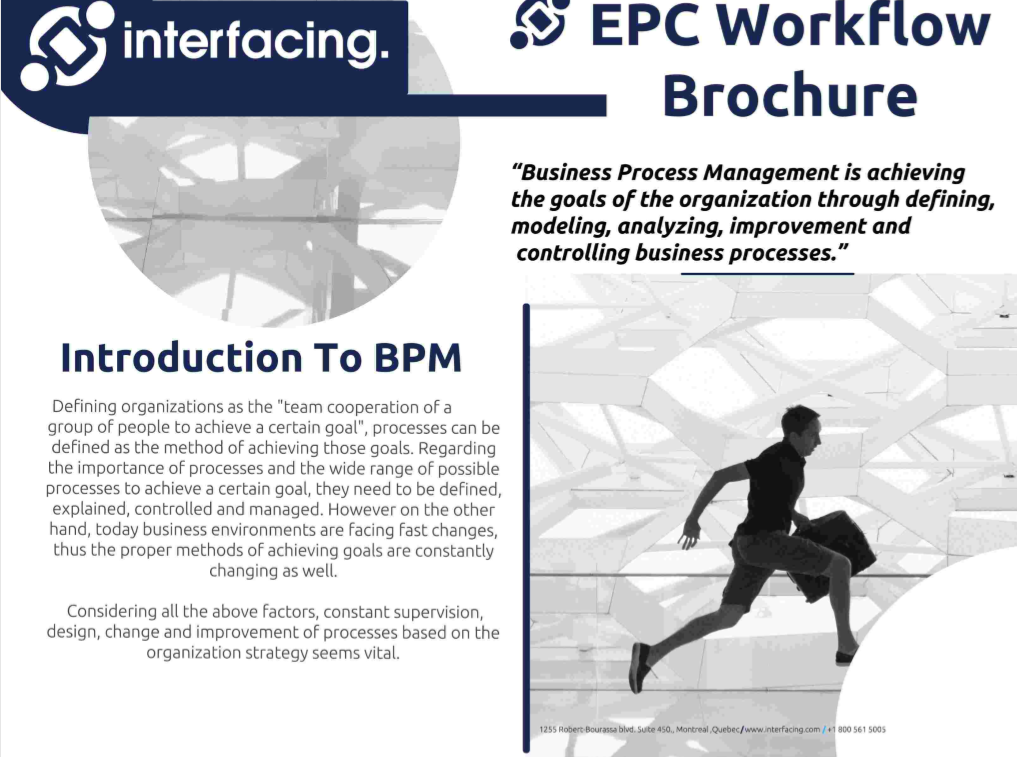Is The End of Communication Silos Near?
Have you ever been excluded by accident from an important work email chain? Or even worse, have you ever been excluded on purpose from a strategic discussion?
If you have, you are probably aware of the dramatic effects that exclusion, whether intentional or not, can have on your engagement and your willingness to fight for your team. Disengaged employees tend to be frustrated, unproductive and ultimately will leave your organization. In fact, a Gallup study showed that only 33% of the workforce are engaged.
3 in 10 U.S. employees strongly agree that at work, their opinions seem to count.
(Source: State the American Workplace,Gallup)
Of course, this wave of disengagement can be attributed to a wide range of factors, including recognition, incentives, growth opportunities, colleagues, managers, company values, work space, and health to list a few. But, a lot of attention has been given to the rising cost of disengagement (see this Huffington Post article) and its consequences such as a rise in turnover rates, and solutions are starting to emerge in many different fields with research in leadership, management and corporate culture.
The past few years have seen the start of a dramatic shift in operational models, and we are already seeing some thought leaders jumping miles ahead by trusting the bottom-up approach to generate exponential growth. A number of business models such as limited-liability partnerships and cooperatives are becoming trendier because of their clear emphasis on employee empowerment, which sees these businesses experience a boost in morale and productivity and long-term stability.
One of the emerging priorities that are being facilitated by technological advances is the need for convenience, and it is evident that communications made convenient will be part of that shift including a greater emphasis on teamwork, exchanges, sharing, cooperating, inclusion, diversity, feedback, branding, proactivity, and messaging amongst others.
Employees who feel their voice is heard at work are
4.6 times more likely to feel empowered to perform their best work.
(Source: Salesforce)
Imagine for an instant a corporate culture that encourages (not discourages) feedback, collects questions, incorporates changes and implements suggestions while providing their employees with an environment where they can learn and grow in a collaborative framework that is accessible at any time from anywhere and where participation is proactive (not mandatory) and where the input of the least senior employee is valued as much as the input of the company’s CFO. This vision loosely represents the trends that are emerging and that will mark a shift towards the next phase of employee engagement.
39% of surveyed employees believe that people in their own organization don’t collaborate enough.
(Source: Queens University of Charlotte)
The field of change management is also undergoing rapid change and we are now seeing new technological methods emerge to gain greater levels of engagement and adoption such as gamification. Gamification brings game, fun, and learning together in the hope to bolster employee adoption of new methods.
Again, it’s not enough to say that you’re willing to adapt. To survive and thrive, organizations have to be proactive. That means: prompting feedback, leveraging bottom-up initiatives to improve your organization’s operations, giving all employees the ability to raise questions, discuss potential improvements, collaborate, works in teams, bank on the knowledge of people on the ground and try new mediums to give more employees a voice.
In economic terms, one of the long-term benefits of the shift in collaboration trends may be a decrease in outsourced consulting engagement costs as organizations decide to look within first instead of deferring to consultants for input. With the wealth of experience and knowledge that exists in our respective workplaces, managers are bound to discover that by asking for feedback, they just may find the answers they were looking for from a member of their team and save on future consulting engagements.
And if all of that was not enough, communication is often linked to leadership and as we know, leadership tends to start at the top. How often have we seen examples of poor leadership and closed communication channels leading to degrading company reputation in recent years? These examples are not isolated and can also explain “why 33% of employees don’t believe their company’s core values align with their personal values” (Office Vibe).
In fact, what is needed is a collaborative approach to business transformation, ensuring that your employees know that they have influence over policies and decision-making, and where dynamic continuous improvement based on feedback from the employees can create lasting changes.
Summary
I’ll leave you with this, what if in 2020 more of us started thinking about how we can inspire our employees rather than simply engaging them. Let’s start sharing our big dreams, crafting an ambitious long-term vision and lagging employee engagement might just become a thing of the past.
Read more blogs
EPC Workflow Software
EPC Workflow Brochure
Questions?



